How Switzerland is battling invasive species
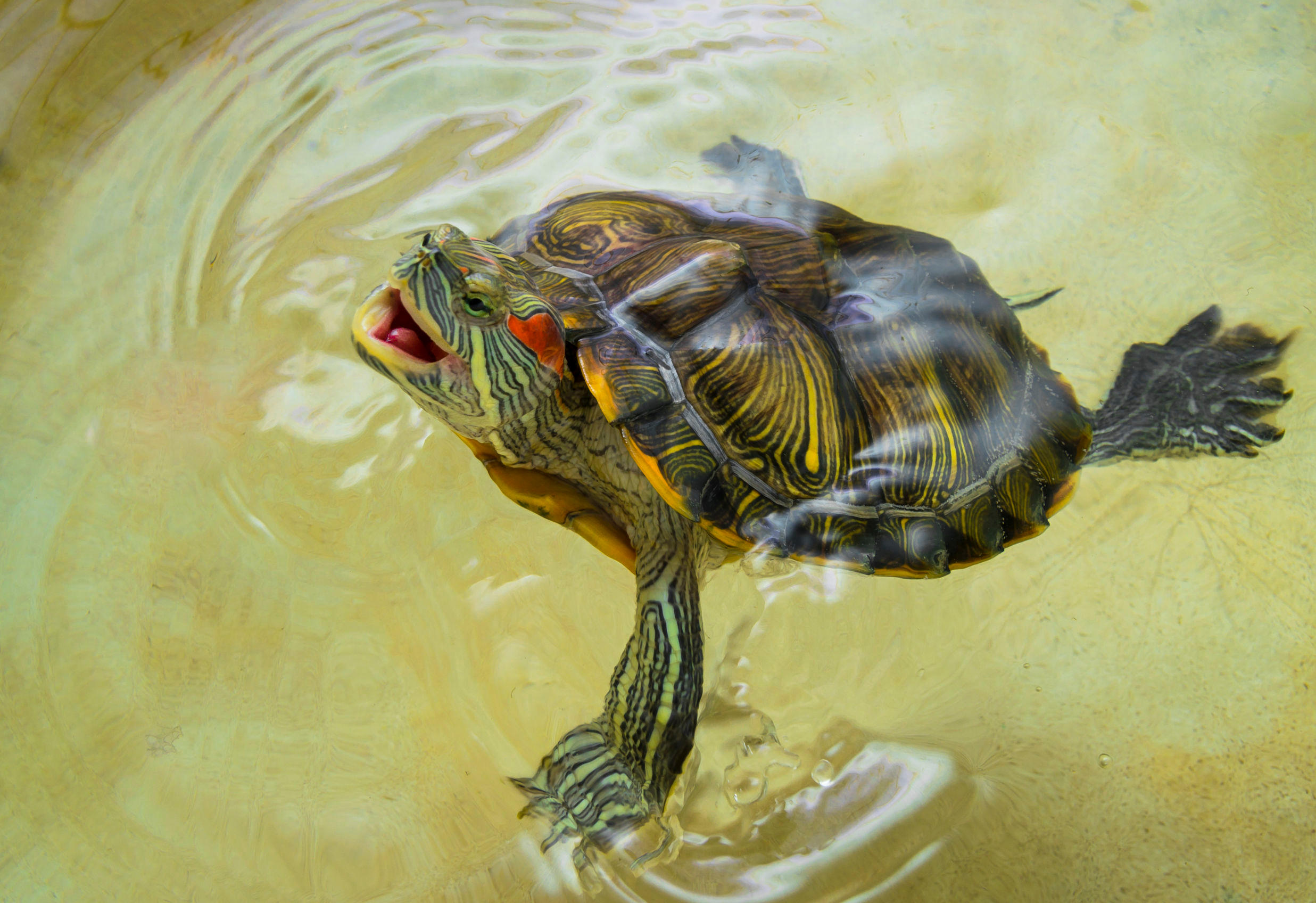
Switzerland has waged war on invasive species that are causing a lack of biodiversity. The fight is starting to bear fruit, but private citizens have to lend a hand – and accept that some plants and animals simply don't belong on Swiss soil.
One of the symbols of the southern Swiss canton of Ticino, the windmill palm (Trachycarpus fortuneiExternal link) is found in private gardens and parks and is spreading out into the woods. For those involved in promoting tourism in the canton and its Mediterranean-like climate, the plant is a picturesque attraction.
But not for Brigitte Marazzi of the Ticino Natural History Museum, who regards this tree from the Far East as a problem requiring urgent action.
“This palm is associated with the exotic side of Ticino, and tourists coming from the other side of the Alps find it charming when they see it growing in woodlands. What they don’t know is that this is a very harmful plant,” says Marazzi, who is a researcher with Info FloraExternal link, the national centre for data and information on Swiss plants.
The windmill palm is starting to spread over a wide area at the expense of native species, Marazzi explains – a problem, she says, that got overlooked in the past.
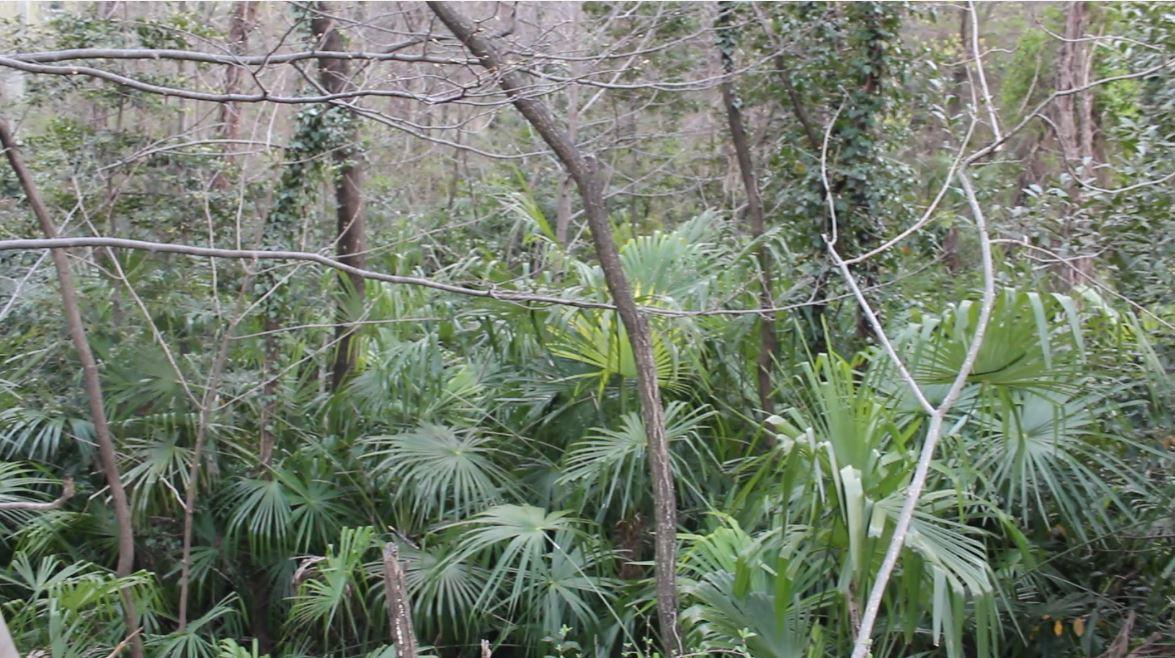
More
The menace behind the windmill palm
Threat to biodiversity
The windmill palm is one of 800 exotic species present in Switzerland. Unlike most plants and animals introduced by man either intentionally or unintentionally, the “Ticino” palm-tree is considered an invasive species.
“By ‘invasive’ we mean plants, animals and fungi which may affect the well-being of humans, animals, infrastructures and ecosystems in general,” says Gian-Reto Walther, a consultant on biodiversity with the Federal Environment Ministry. Around the world, these organisms are the main cause of declining biodiversity after habitat destruction, because they take away space and sources of nourishment from native species.
From beetles to squirrels
According to the only statistical study available, which dates from 2006, there are 107 invasive species in Switzerland. But Walther points out that more have appeared since then.
“In recent years we have detected new invasive species, such as the Asian long-horned beetleExternal link, which attacks healthy trees,” he says.
He also points to the Eastern grey squirrel, which causes the common squirrel’s extinction as soon as it establishes itself in an area. And some species, like the Asian hornetExternal link, are already present in neighbouring countries and are getting closer to Switzerland, Walther says.
The increase in the number of invasive species is connected with the increased flow of goods and people throughout the world, explains the biodiversity consultant. Every species has its own way of getting around.
“The Asian hornet arrived in Europe in earthenware pots for gardening, while the tiger mosquitoExternal link was probably imported from Asia inside old pneumatic tyres.”
Invasion cuts both ways
Placed as it is right in the middle of the continent, Switzerland is particularly vulnerable. “If an invasive species gets into Europe, it’s sure to get to us,” says Walther.
But in some ways, Switzerland is in a favourable position compared to other countries.
“Many rivers rise in Switzerland and flow into the neighbouring countries. So we are not so worried about the invasion of aquatic organisms. Then again, we are responsible for what comes out of Switzerland.”
Plants native to Switzerland and central Europe are creating plenty of problems on other continents. Marazzi of Info Flora mentions Lythrum salicaria, or the purple loosestrifeExternal link, a medicinal plant which has made the list of the hundred worst invasive species inExternal link the world.
“In Switzerland it’s a typical native species found in humid areas. In the US, where it was exported as an ornamental plant, it found ideal conditions and has become a major headache.”
Spending millions on one insect
To deal with all the invading organisms, the Swiss government is putting its focus on prevention and on-the-spot eradication, as detailed in the national strategy on exotic invasive speciesExternal link (in German) adopted in 2016.
The tactics are bearing fruit. Thanks to a well-timed eradication campaign, canton Geneva has succeeded in ridding itself of the South American water primrose Ludwigia grandifloraExternal link , a plant that can cover entire bodies of water. In March, canton Fribourg announced it had won its battleExternal link against the Asian long-horned beetle, which was identified for the first time in Switzerland in 2011.
“Sometimes we can win. But there’s a cost,” says Walther. To get the better of the Asian long-horned beetle in Fribourg, they had to cut down 700 trees, and the whole operation cost CHF2.6 million ($2.57 million). In canton Zurich, where the insect was present, fighting the infestation cost about CHF 3.3 million.
Maintaining biodiversity
The term “biodiversity” refers to the variety of life on earth, the wealth of animal and plant species, the genetic diversity within species and the different kinds of habitat.
May 22 is International day for biological diversityExternal link. As part of an initiative known as Mission BExternal link, Switzerland’s national broadcaster (of which swissinfo.ch is a part) is encouraging citizens to create new spaces for nature in their gardens or on their apartment balconies.
Tough enough?
Under plant protection regulations, the Swiss cantons are required to intervene without delay if certain plants are found. Even private citizens must allow the government to enter their gardens if necessary.
For some invasive species, like the North American common ragweed or ambrosiaExternal link artemisiifolia, Swiss legislation is a lot tougher than laws in neighbouring countries. In Switzerland, the plants’ use in gardens and their sale in stores are completely banned, says Walther.
But despite the ban, he says, current lawExternal link is not able to handle all the problems involved in the spread of new invasive exotic species outside forestry and agriculture.
“For instance, we do not have the legal means to stop gardeners importing species found to be invasive in other countries. Right now, in Switzerland, only the sale of a few invasive species is forbidden,” explains Marazzi.
His basic task is keeping the public informed and encouraging them to take responsibility.
“The citizens need to know about the origin and the invasiveness of plants they might want to have,” he says. “We are counting on private citizens to recognise and eliminate invasiveExternal link neophytes. My advice to people would be to fill their gardens with nice native species.”
Last week, the Swiss government put out a draft bill for consultation which involves holding private individuals more responsible for managing invasive species, also in financial terms.
In the Swiss capital Bern, a group of volunteer botantists currently patrols public parks aiming to eliminate invasive plants and inform citizens:
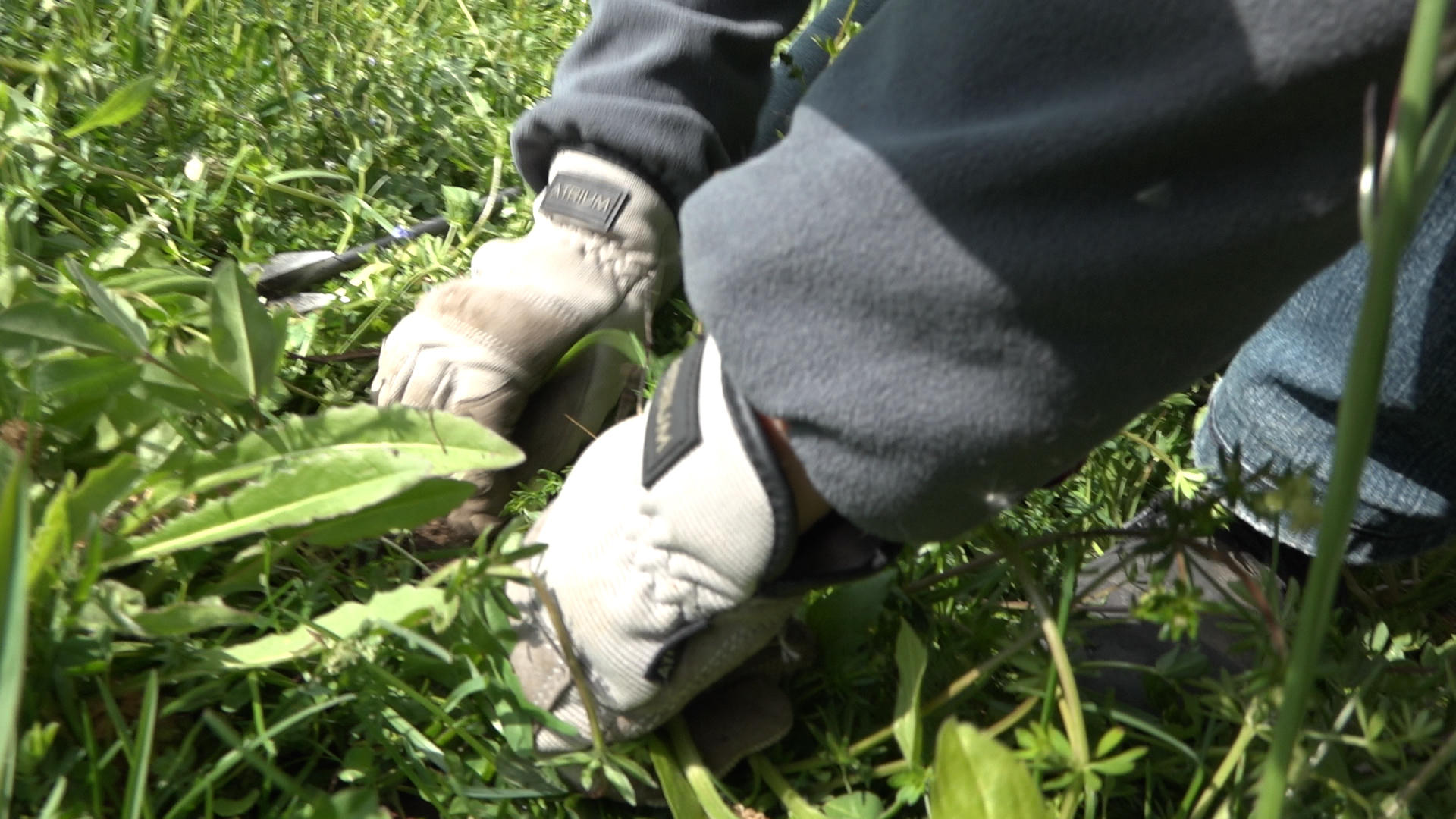
More
Hunting down invasive plant species
International collaboration
As with other worldwide problems, it’s not enough to intervene just on the local or regional level. Internationally, Switzerland has committed itself to defending native species under the Berne convention (conservation of wildlife and its biotopes) and the UN convention on biological diversity External link.
Ratified by Switzerland in 1994, this latter convention requires member states to draw up an updated list of invasive species on their territory and the channels of dissemination, between now and 2020.
“This will make for better international collaboration”, says Walther. “As we learn from others and share our own experiences, we can be more effective in dealing with the problems.”
Contact the author of this article on Twitter @LuigiJorio
Translated from Italian by Terence MacNamee

In compliance with the JTI standards
More: SWI swissinfo.ch certified by the Journalism Trust Initiative









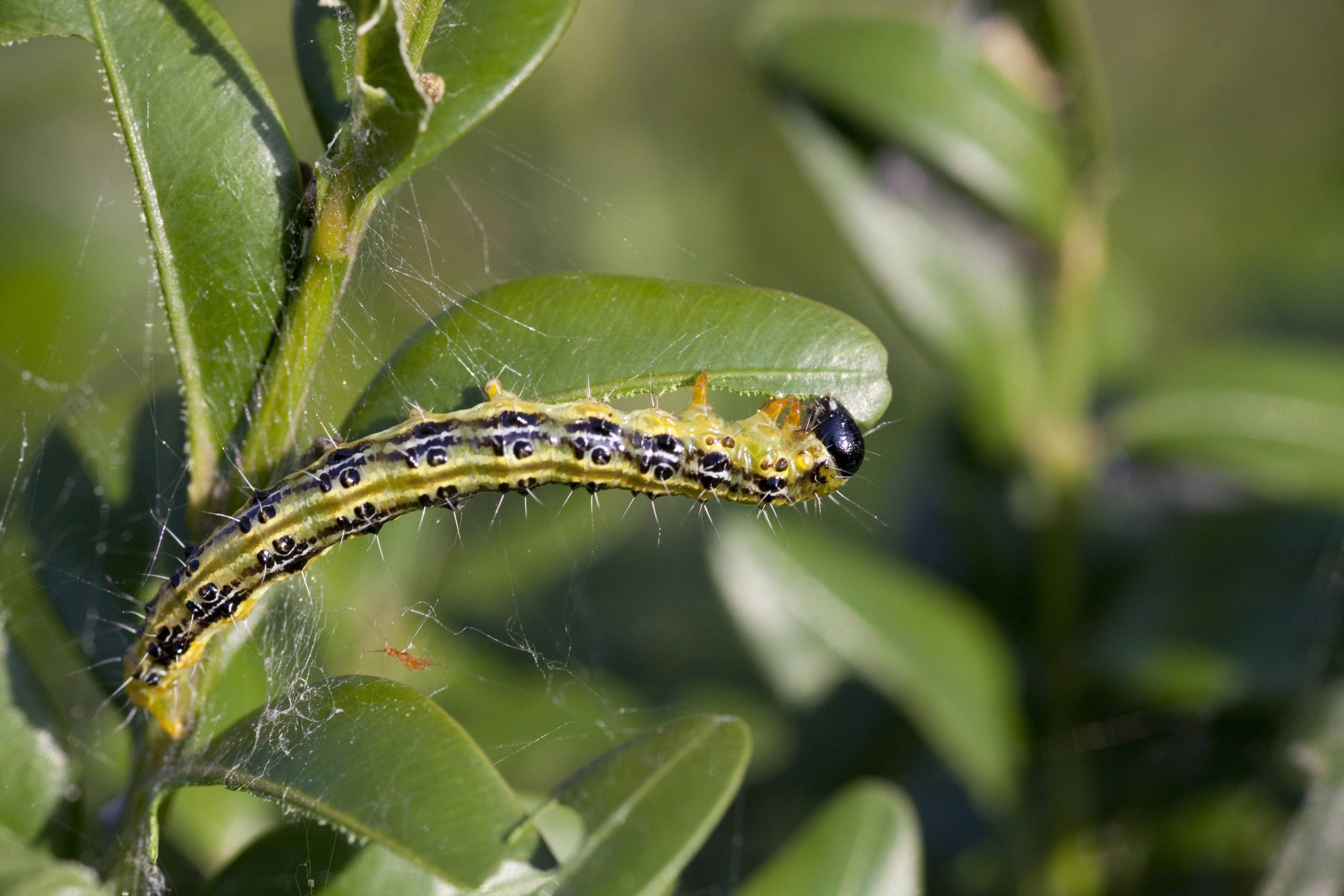


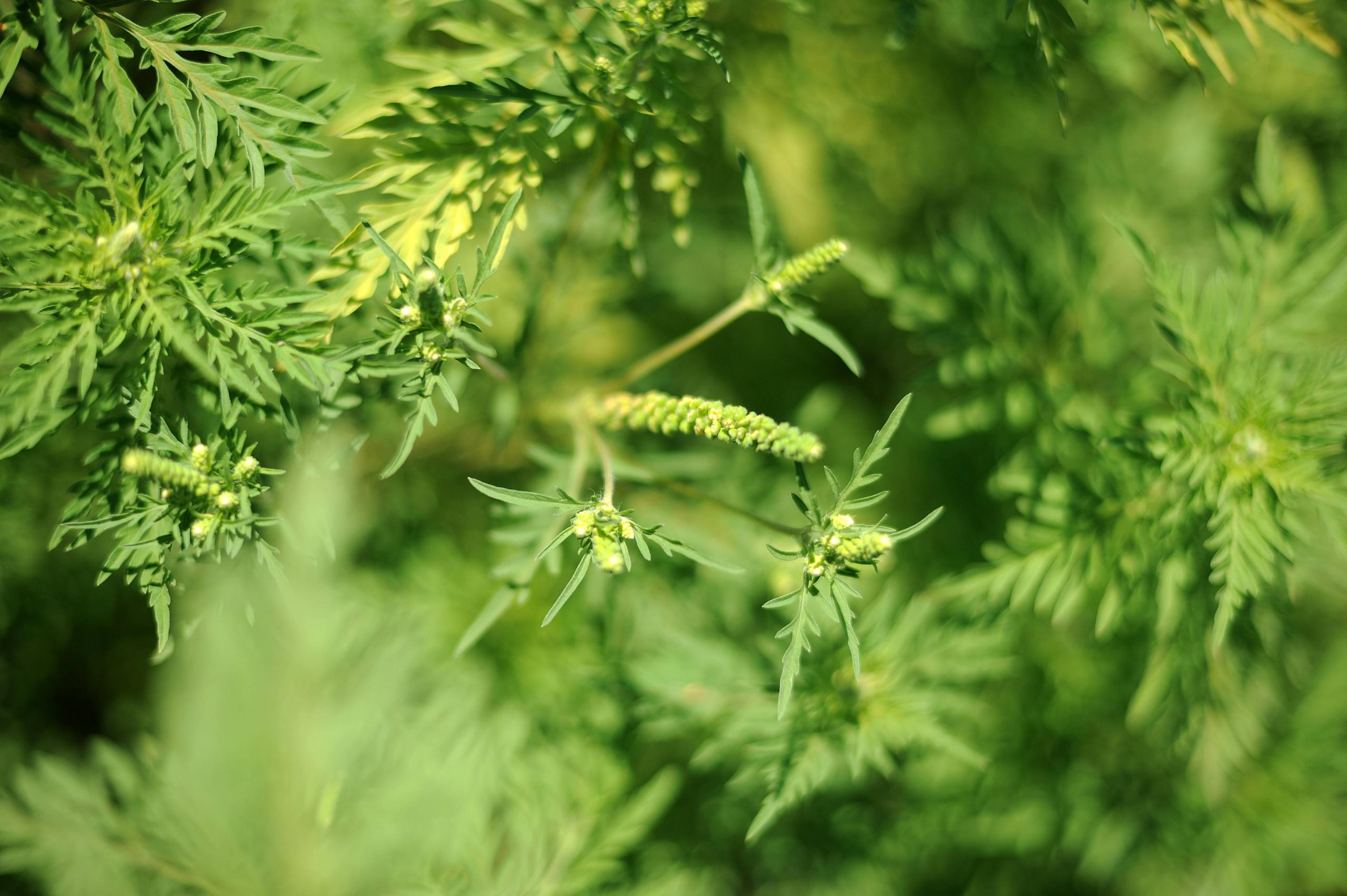






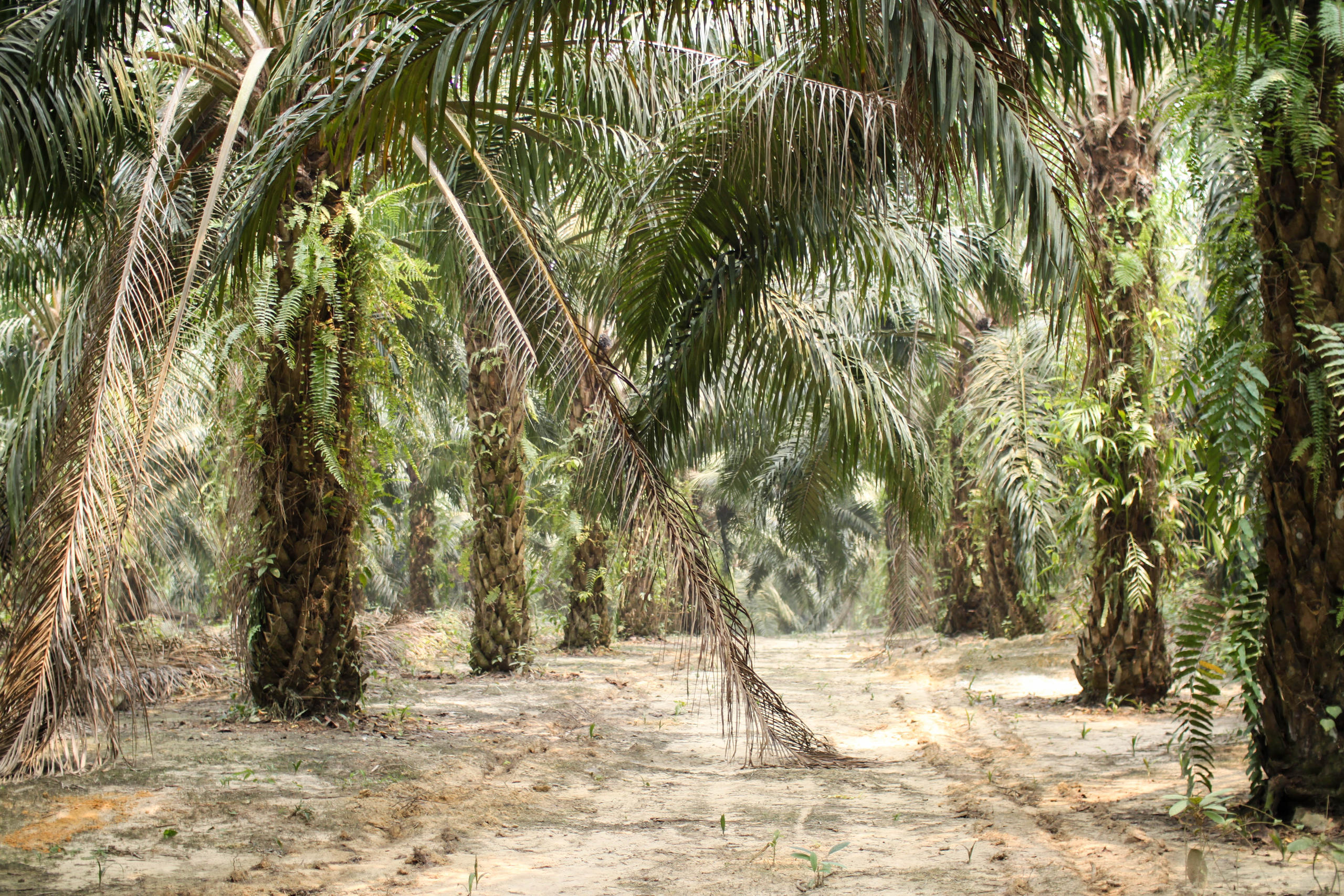





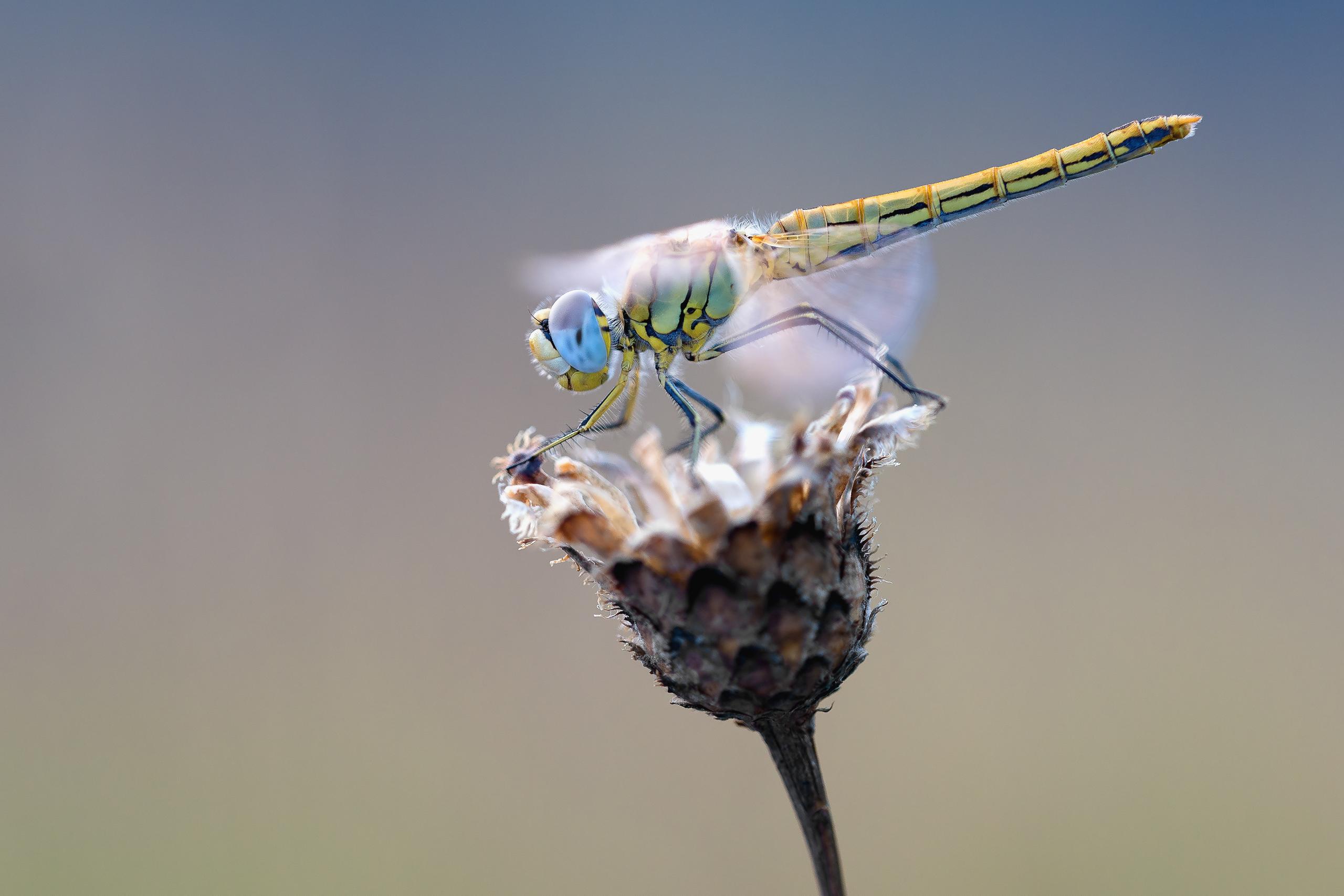
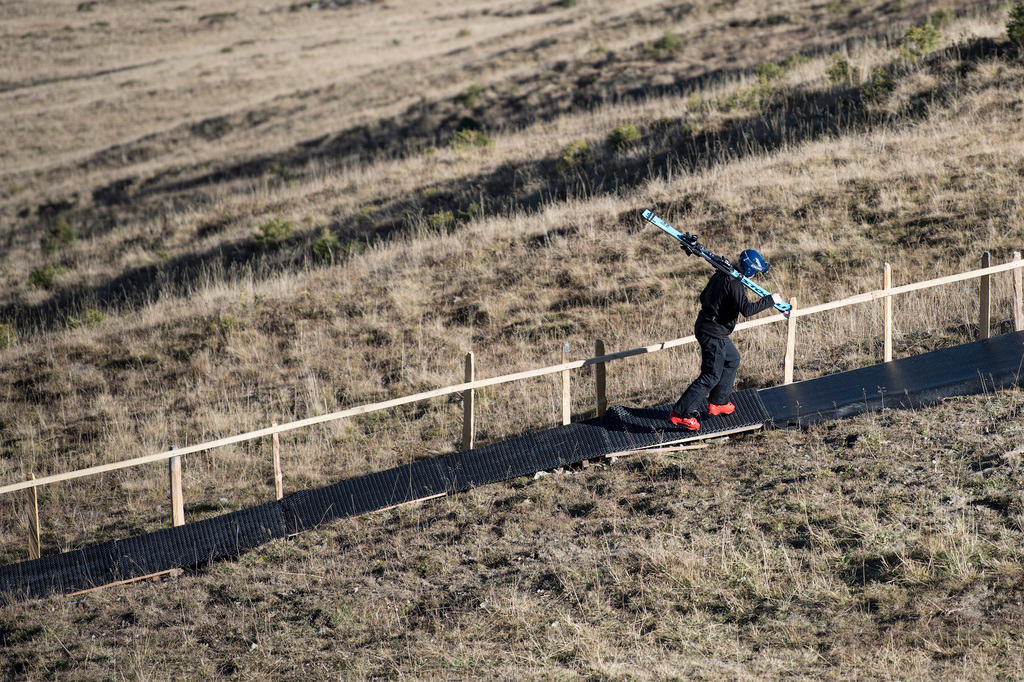
You can find an overview of ongoing debates with our journalists here . Please join us!
If you want to start a conversation about a topic raised in this article or want to report factual errors, email us at english@swissinfo.ch.